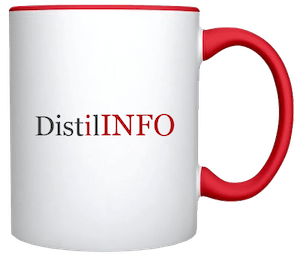Adoption of digital health tools has grown significantly among all physicians since 2016 when the American Medical Association (AMA) first benchmarked the integration of emerging health technology into clinical practice. New AMA research released today shows more physicians than ever recognize digital health tools as an advantage for driving improved efficiency and safety in healthcare.
The AMA Digital Health Research investigates shifts in physician adoption of digital health tools during the last three years, along with current attitudes and expectations among physicians. The research examines seven categories of digital health tools that engage patients for clinical purposes, interpret and use clinical data, and manage outcomes and other measures of care quality.
7 Physician Digital Health Adoptions Trends to Watch
According to the AMA survey, adoption trends in the following seven categories are helping to propel the digital transformation of healthcare.
1. Tele-visits/virtual visits – Physician adoption doubled from 14% in 2016 to 28% in 2019, the largest growth among the digital health tool categories. This category includes audio/video connections used to see patients remotely.
Want to publish your own articles on DistilINFO Publications?
Send us an email, we will get in touch with you.
2. Remote monitoring and management for improved care – Physician adoption jumped from 13% in 2016 to 22% in 2019. This category includes mobile applications and devices for use by chronic disease patients for daily measurement of vital signs, such as weight, blood pressure, blood glucose, etc. Readings are visible to patients and transmitted to the physician’s office. Alerts are generated as appropriate for missing or out of range readings.
3. Remote monitoring for efficiency – Physician adoption modestly grew from 12% in 2016 to 16% in 2019. This category includes smart versions of common clinical devices such as thermometers, blood pressure cuffs, and scales that automatically enter readings in the patient medical record.
4. Clinical decision support – Physician adoption climbed from 28% in 2016 to 37% in 2019. This category includes modules used in conjunction with the EHR, or mobile applications integrated with an EHR, that highlight potentially significant changes in patient data, such as weight gain/loss, change in blood chemistry, etc.
5. Patient engagement – Physician adoption rose from 26% in 2016 to 32% in 2019. This category includes solutions to promote patient wellness and active participation in their care for chronic diseases, such as adherence to treatment regimens.
6. Point of care/workflow enhancement – Physician adoption modestly increased from 42% in 2016 to 47% in 2019. This category includes communication and sharing of electronic clinical data to consult with specialists, make referrals and/or transitions of care.
7. Consumer access to clinical data – Physician adoption rose from 53% in 2016 to 58% in 2019, the highest adoption rate among the digital health tool categories. This category includes secure access allowing patients to view clinical information such as routine lab results, receive appointment reminders and treatment prompts, and to ask for prescription refills, appointments and to speak with their physician.
Source: HIT Consultant







